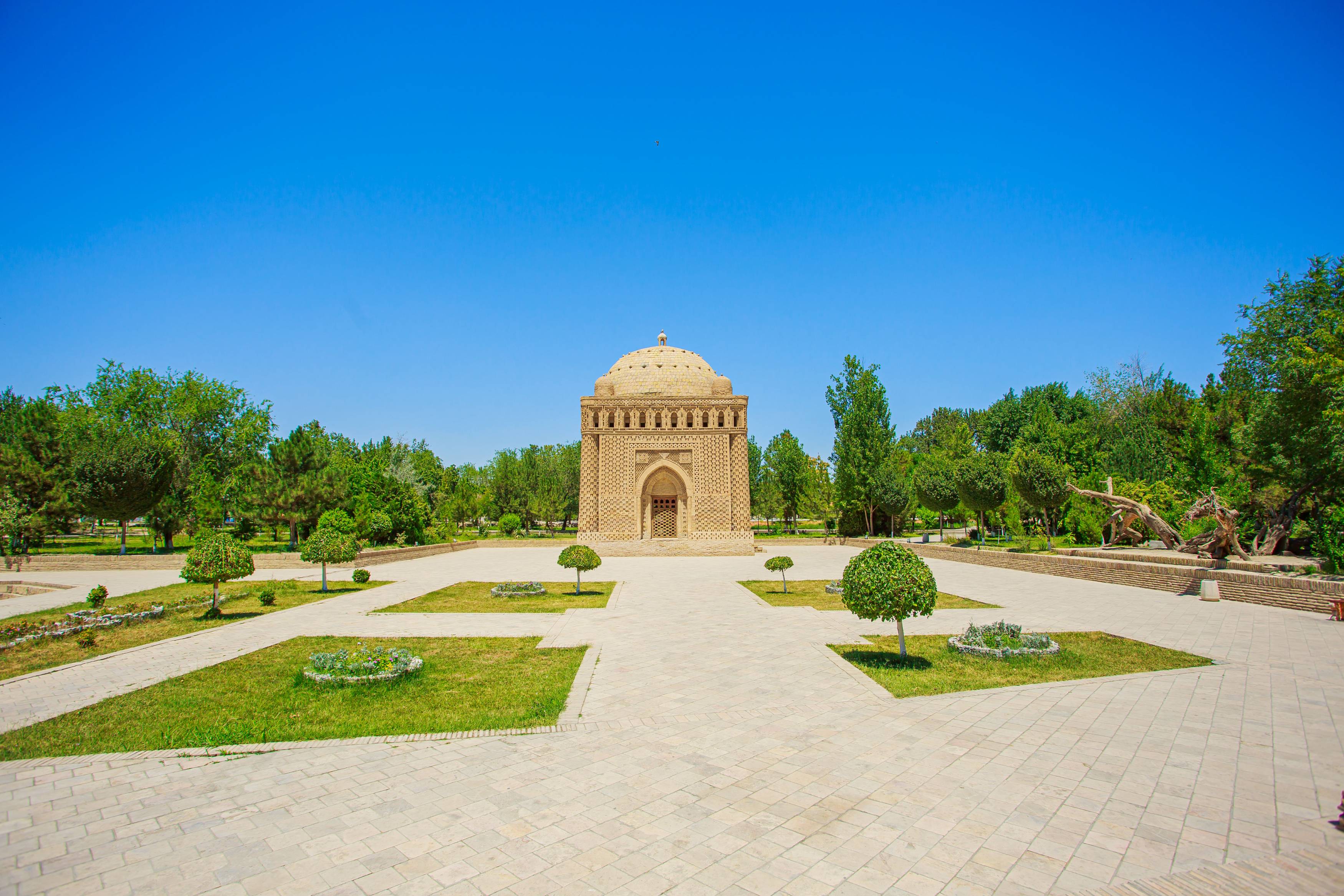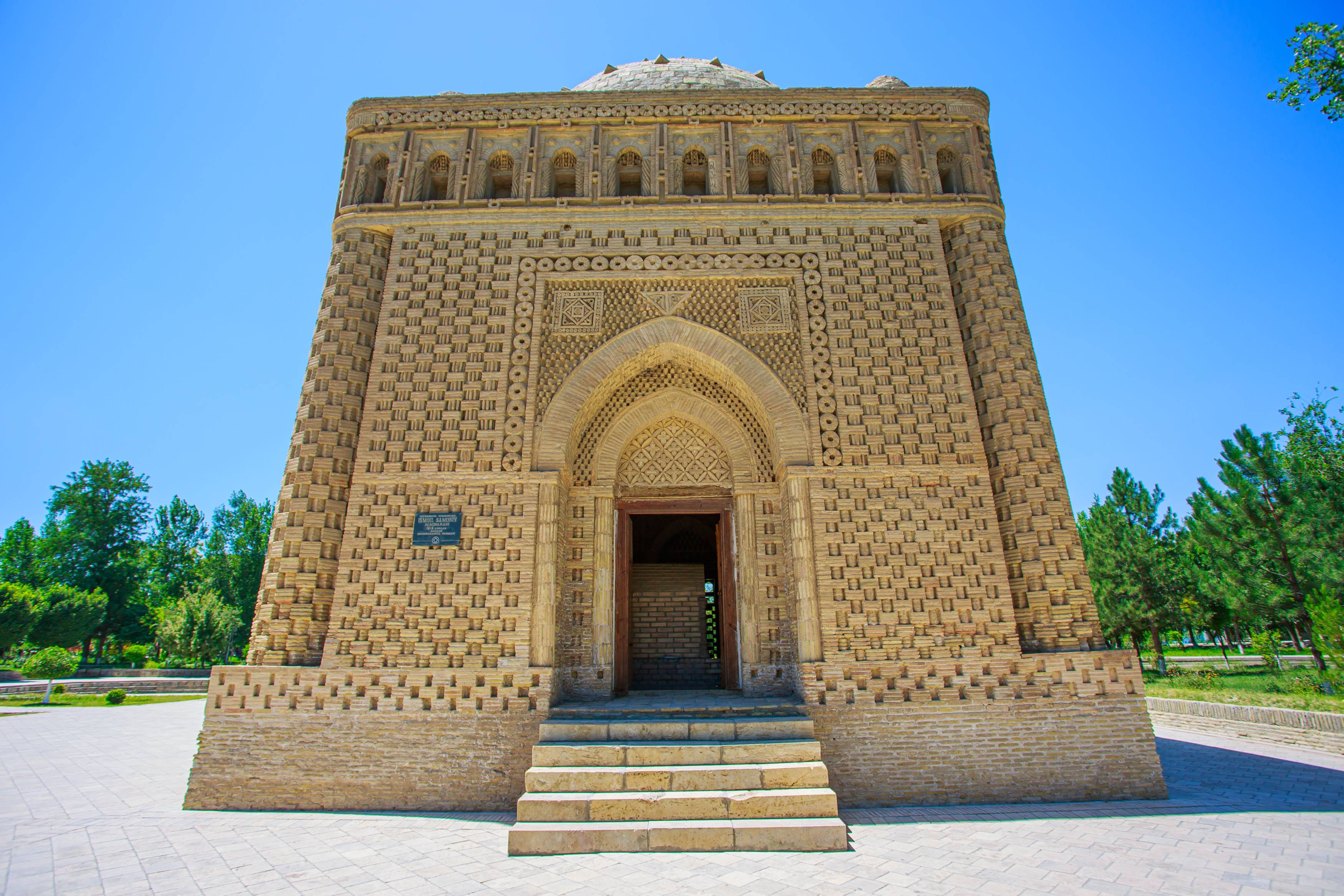Samanids Mausoleum
Showplaces

Damda.uz
Many historical monuments located in Bukhara were built in the period from the 9th to the 20th century. Most of them survived to this day. One of the most famous architectural masterpieces is the mausoleum of Samanids - the tomb of the dynasty of rulers who ruled from 875 to 999.
According to the alleged data, this complex was built by Ismail Samani, who marked the beginning of the Samanid dynasty. According to some sources, he built a mausoleum for his father.
The building itself is a cube, which is covered by a dome in the form of a hemisphere. If you plunge into the mythological interpretation of this structure, the object represents the model of the Universe, namely, the cube symbolizes stability (the Earth), the dome appears as a firmament, and its connection with the cube embodies the model of the Universe, its unity.
Thus, an architectural masterpiece is an era of the turbulent development of the architecture of Central Asia. Apparently at that time, there were still ancient traditions of construction of monuments of this type, but they were modernized, absorbed the new technique of construction of buildings, the possibilities of decoration. Although, it is worth saying that elements of the pre-Islamic past are still preserved in the outline of the building.
By its appearance, the mausoleum makes a strong impression on a person, thereby proving a brilliant creation. This effect was achieved through the use of the most common methods, namely, low cost of decoration and decoration of the building. If you look at the building, then there is no bright design.
It should be noted, a special laying of bricks, which alternate between themselves with a vertical and horizontal insert. In addition, there are brick rings that cover the entire building around, and thanks to an interesting pattern, the building looks different at different times of the day.
The historical monument thus proves that real art will not be spoiled by time and will be clear to any person, regardless of his origin or culture.
We must pay tribute to the architect who created the architectural miracle, and it is worth remembering that the building was built in ancient times, and with its strength and durability it proves that masters and builders worked on it, whose names we do not know to this day.
This creation means the onset of a new era in the development of the culture of Central Asia after the Arab conquest. And it is rightfully a masterpiece of architecture, as it combines the harmonious interplay of design and decoration.


